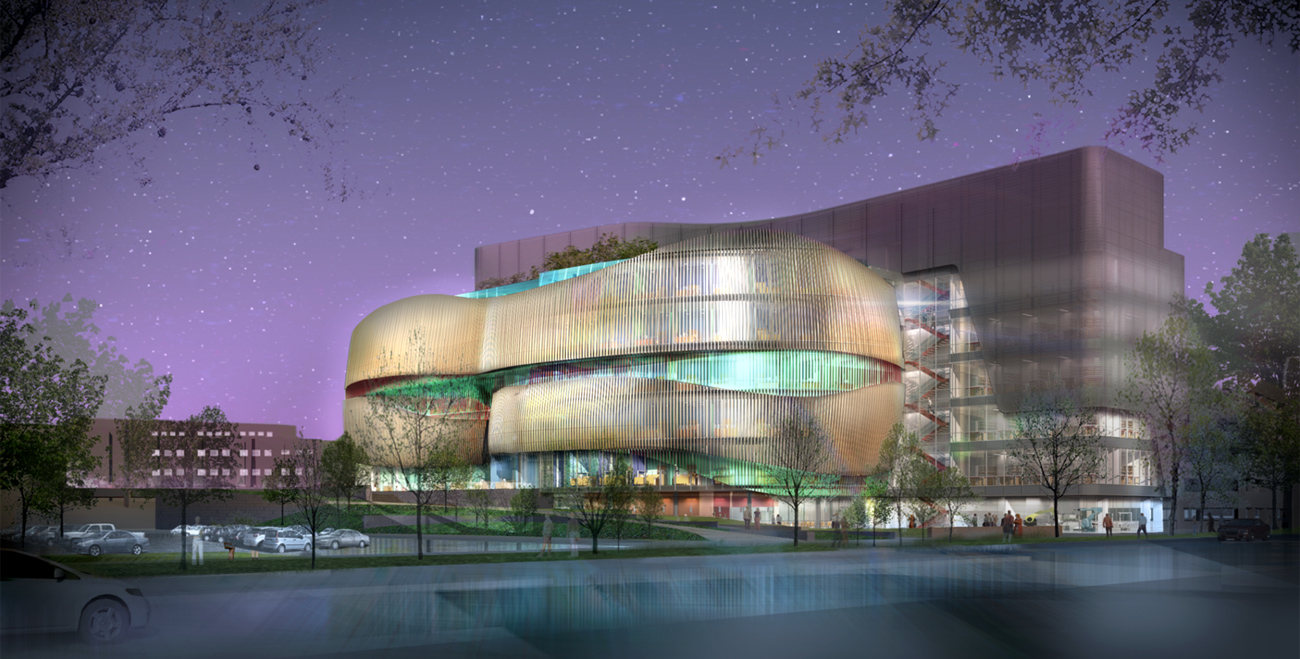The new Interdisciplinary Science and Engineering Building at Northeastern University in Boston is the first phase of the university’s plan to develop 600,000 sf of new academic and research space.
Located on an existing surface parking lot, the site is connected to the main campus by a curved bridge. The 180,000-gsf ISEB will house four academic research disciplines: engineering, health sciences, basic sciences, and computer science.
All offices, staff workstations, conference rooms, break areas, cafés, and research labs look across the atrium.
The Building Team includes: Payette (architect), LeMessurier Consultants (SE), Arup (MEP/FP), Vanasse Hangen Brustlen (CE), Suffolk Construction (preconstruction adviser), Sullivan Code Group (code consultant), Vermeulens (cost estimating consultant), Soden (sustainability consultant), Howard/Stein-Hudson Associates (transportation planner/engineer), Stephen Stimson Associates (landscape architect), and Acentech (architectural acoustics and mechanical noise and vibration consult).
For more on the project, visit: http://www.northeastern.edu/isec.
Related Stories
| Aug 11, 2010
BIM school, green school: California's newest high-performance school
Nestled deep in the Napa Valley, the city of American Canyon is one of a number of new communities in Northern California that have experienced tremendous growth in the last five years. Located 42 miles northeast of San Francisco, American Canyon had a population of just over 9,000 in 2000; by 2008, that figure stood at 15,276, with 28% of the population under age 18.














